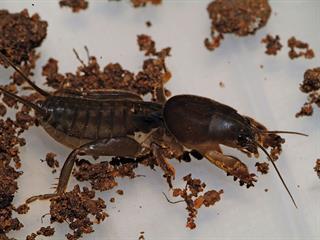This is the season when signs of bolting start in many crops. Farmers speculate about the likelihood of this happening to various crops on the back of a warm winter and one cold snap. The inducement to bolt after cold is referred to as vernalisation and seed producers rely on it to get the whole crop to bolt. In the past, farmers would select carrots, beet, parsnips, etc., replant and harvest seed towards mid-summer. Those who did this without the required timing and knowledge might get only half the crop to set seed, so they usually planted more than they required.
However, they were unwittingly selecting for plants that bolt easily as the individuals that are more prone to bolting would produce the most seed. Some crops can be vernalised to trigger bolting and then become devernalised if the weather warms up enough afterwards. Beet will devernalise if the weather warms up enough before the bolting period, whereas carrots will still bolt in the same conditions. Late frosts can make a big difference to the amount of bolters. I’ve often found that cabbages have fewer bolters when there are no late frosts, even after a very cold winter.
Anticipating bolters is very difficult as the crop is more easily triggered at certain stages of development. Two different cabbage varieties, one maturing earlier, may respond differently in two successive years depending on which stage the cold set in. W hen there is an indication of possible bolting in cabbages, the heads will have a deeper shape than usual. It’s important to monitor this as it may let you harvest a crop which is going to bolt when it can still be marketed. cabbage which is of size but without much head density can still usually be marketed, albeit at a lower price. Once it starts bolting, it’s just green manure or cattle feed.
Cut through a head or two in late August or early September and inspect the length of core and cover leaves to determine where the crop is heading. This can save you tens of thousands of rand. Learn to determine the bad bolting times in your area for each crop and plan accordingly. With cabbage and beet planting a month later, it can mean risking bolting. Keeping good records will help you fine-tune your planning. – Bill Kerr ((016) 366 0616 or e-mail [email protected]). |fw









